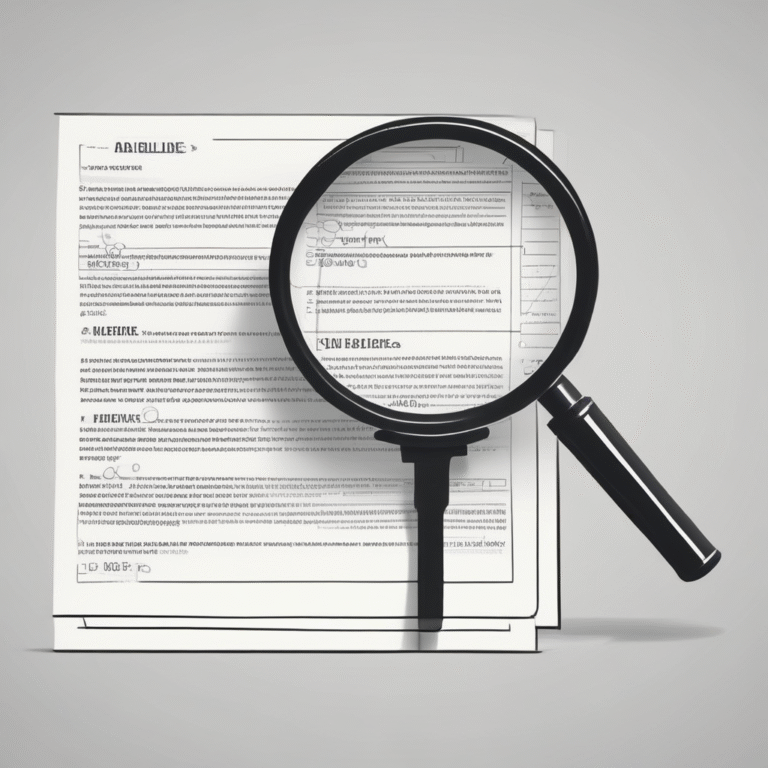AI Sandboxes: A Growing Niche in Regulatory Frameworks
The concept of AI sandboxes has emerged as a significant topic in the ongoing discussion surrounding the regulation of artificial intelligence (AI). These regulatory sandboxes are designed as test environments that facilitate the development and validation of AI systems before they are introduced to the market. Such initiatives aim to create a balanced ecosystem that promotes innovation while ensuring compliance with regulations.
The Role of Regulatory Bodies
In the context of the proposed bill 8476, the National Data Protection Commission (CNPD) is set to play a crucial role as the supervisory authority for AI regulations. This bill aligns with the provisions of Regulation (EU) 2024/1689, also known as the AI Act. The CNPD will oversee multiple sectoral authorities, including the Financial Sector Supervisory Commission (CSSF) and the Luxembourg Institute of Standardisation, Accreditation, Safety and Quality of Products and Services (Ilnas).
Concerns have been raised regarding the governance structure proposed in the bill. Stakeholders argue that it may lead to confusion and inefficiencies due to overlapping responsibilities. Therefore, a clear distinction between tasks related to data protection, governed by the GDPR, and those arising from the AI Act is essential. To address this, it has been suggested that the CNPD be renamed the “Luxembourg Data and AI Authority”.
Strategic Importance of AI Sandboxes
Regulatory sandboxes are not only about compliance; they also represent a strategic opportunity for countries like Luxembourg. By establishing an attractive framework for AI development, Luxembourg aims to position itself as a key entry point for non-EU companies looking to enter the European market. This initiative could transform the country into a hub for innovation in AI technologies.
Key features proposed for these sandboxes include:
- Low-cost participation to encourage involvement from various stakeholders.
- Close accompaniment by experts to guide participants through the testing process.
- Short duration of tests to expedite the time to market for successful AI solutions.
- High guarantees of confidentiality to protect proprietary information.
- Proactive and competent specialists who can aid in navigating the regulatory landscape.
- A close link between exit reports and compliance procedures to ensure transparency.
- Clear national rules regarding liability to provide assurance to participants.
Furthermore, the establishment of a wider ecosystem of interoperable sandboxes could enhance collaboration between various stakeholders. This could include leveraging resources such as the Meluxina supercomputer for real-life trials, partnerships with other EU member states, or even developing specific sandboxes tailored for particular sectors, such as finance.
Conclusion
The establishment of AI sandboxes represents a potential turning point in how artificial intelligence is regulated and developed. By fostering an environment conducive to innovation while ensuring compliance, regulatory bodies can create a framework that not only attracts businesses but also encourages responsible AI development. As discussions continue, the role of such initiatives will undoubtedly shape the future landscape of AI technologies in Europe and beyond.










